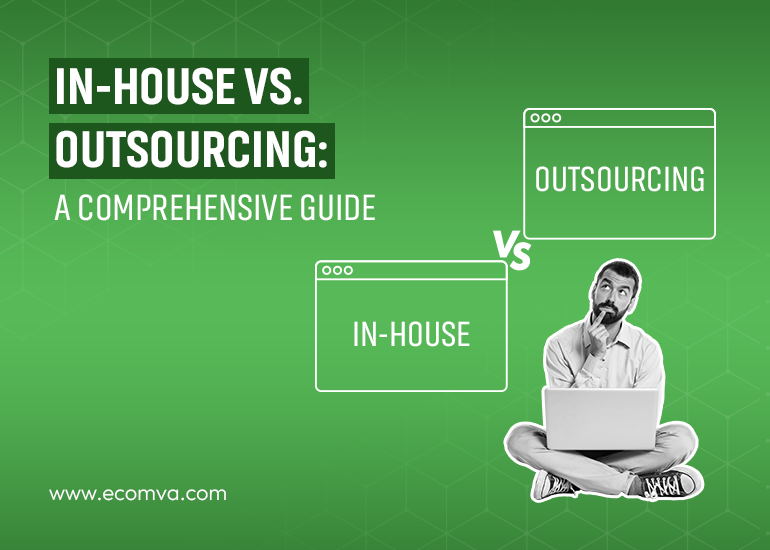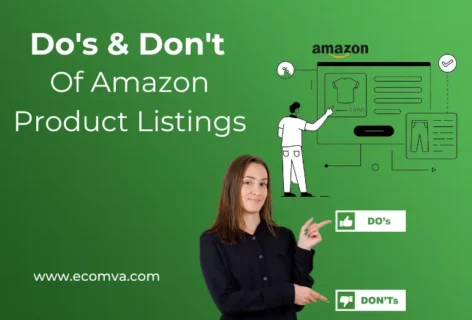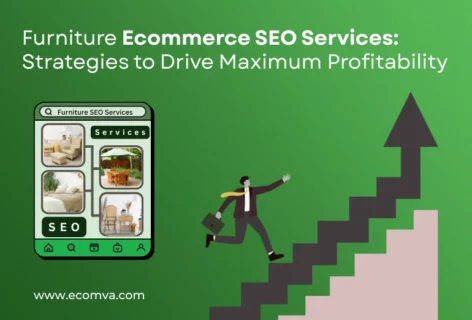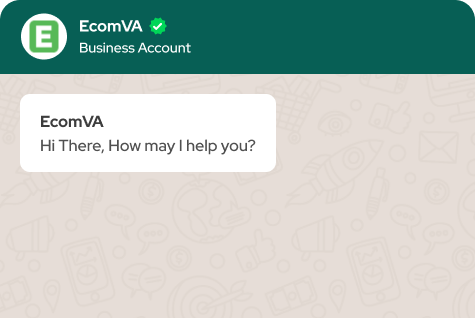In-House vs. Outsourcing Virtual Assistants: Which is Right for Your Business?

One critical decision that many companies face is whether to hire in-house virtual assistants or to outsource virtual assistant services. This decision can significantly impact your business’s efficiency, costs, and overall performance. According to recent statistics, nearly 70% of businesses worldwide are now outsourcing some aspect of their operations, with virtual assistant services being one of the most popular choices due to its cost-effectiveness and scalability.
In this comprehensive guide, we will delve into the pros and cons of both in-house and outsourced virtual assistants, providing you with the insights you need to make an informed decision for your ecommerce business.
The In-House Model
When you choose to hire an in-house virtual assistant, you are essentially bringing a team member onboard who will work exclusively for your company. This model has its own set of advantages and challenges.
Advantages of Having an In-House Virtual Assistant
1. Direct Control
One of the most significant benefits of having an in-house virtual assistant is the level of control you maintain over your work. Since they are a part of your internal team, you can closely monitor their tasks, set priorities, and ensure that their work aligns perfectly with your business goals.
2. Real-Time Communication
With an in-house assistant, communication is often more straightforward and efficient. You can hold face-to-face meetings, provide immediate feedback, and address any issues as they arise, ensuring that tasks are completed promptly and accurately.
3. Cultural Alignment
An in-house virtual assistant is more likely to understand and integrate into your company’s culture. This can lead to better collaboration and a stronger sense of loyalty, as the assistant becomes a valued member of your team.
Challenges of Hiring In-House
1. Higher Costs
Hiring an in-house assistant can be expensive. In addition to their salary—which can range from $30,000 to $50,000 annually in the USA—you will also need to cover the cost of benefits, training, and equipment. These expenses can quickly add up, making this option less cost-effective for small to medium-sized businesses.
2. Recruitment and Retention
Finding the right candidate for an in-house position can be a time-consuming process. Once hired, there is also the risk of turnover, which can disrupt your operations and lead to additional recruitment and training costs.
3. Limited Flexibility
An in-house assistant may have a limited skill set compared to what you might need over time. This can make it challenging to adapt quickly to new demands or to scale your operations without bringing in additional staff.
The Outsourced Model
On the other hand, outsourcing your virtual assistant needs to a virtual assistant outsourcing company offers a different set of benefits and challenges. This model is becoming increasingly popular, particularly among ecommerce businesses looking to save on costs and increase operational efficiency.
Advantages of Outsourcing Virtual Assistant Services
1. Cost-Effectiveness
One of the most compelling reasons to outsource virtual assistant services is the potential for significant cost savings. By outsourcing, you can access a global talent pool where labor costs may be much lower than in your home country. Additionally, you won’t need to pay for benefits, office space, or equipment, as these are typically covered by the outsourcing company.
2. Scalability
Outsourcing provides unmatched flexibility and scalability. Whether you need additional support during peak seasons or specialized skills for a particular project, you can easily scale your workforce up or down based on your needs. This is particularly beneficial for businesses that experience fluctuating demand.
3. Access to Specialized Skills
Outsourcing virtual assistant services allows you to tap into a diverse range of skills and expertise. Whether you need help with digital marketing, customer service, or data entry, you can find a virtual personal assistant team with the exact capabilities you require. This means you can get the job done without having to invest in extensive training or upskilling for an in-house assistant.
Challenges of Outsourcing
1. Communication Barriers
While outsourcing offers many benefits, it also presents some challenges, particularly in terms of communication. Time zone differences and potential language barriers can sometimes lead to delays or misunderstandings. It’s essential to establish clear communication channels and expectations from the outset to mitigate these issues.
2. Quality Control
Another challenge of outsourcing is maintaining consistent quality. Since your virtual assistant team is not directly under your supervision, it can be more challenging to ensure that tasks are completed to your standards. However, working with a reputable outsourcing company and setting clear guidelines can help address this concern.
3. Dependency on External Providers
Relying on external providers for critical business functions can be risky. If the outsourcing company experiences issues or fails to deliver, your business could suffer as a result. It’s crucial to choose a reliable provider and establish a backup plan to mitigate this risk.
Comparing In-House and Outsourced Virtual Assistants
When deciding between in-house and outsourced virtual assistants, it’s essential to weigh the pros and cons based on your specific business needs. Here’s a side-by-side comparison to help you make the best decision:
1. Control and Communication
- In-House: Offers more direct control and real-time communication.
- Outsourced: Requires clear communication strategies due to potential time zone and cultural differences.
2. Cost Considerations
- In-House: Higher fixed costs, including salaries, benefits, and equipment.
- Outsourced: More cost-effective, with variable costs based on services used.
3. Scalability and Flexibility
- In-House: Limited by the assistant’s capabilities and may require additional hires during peak times.
- Outsourced: Highly scalable, allowing you to adjust your workforce according to your business needs.
4. Skill Set and Expertise
- In-House: Skills may be limited to the individual assistant’s experience and training.
- Outsourced: Access to a wide range of specialized skills without the need for extensive training.
When to Outsource and When to Hire In-House Virtual Assistant
Choosing between in-house and outsourcing virtual assistant services depends largely on your business’s specific requirements and goals. Here are some scenarios where one might be preferable over the other:
When to Hire In-House Virtual Assistant
1. Constant, Hands-On Support
If your business requires a high level of daily, hands-on support and direct oversight, an in-house virtual assistant might be the better choice. This is particularly true for tasks that require a deep understanding of your company’s culture and processes.
2. Real-Time Collaboration
For businesses that rely on real-time collaboration and need immediate responses, having an in-house assistant can facilitate smoother and faster communication.
3. Building a Dedicated Team
If your goal is to build a loyal, long-term team that is fully integrated into your company, investing in an in-house assistant could yield better results.
When to Outsource Virtual Assistant
1. Cost Savings
Outsourcing virtual assistant services can provide significant financial benefits if your primary goal is to reduce operational costs. This is especially true for small businesses and startups with limited budgets.
2. Scalability
For businesses that experience seasonal fluctuations or have varying needs, outsourcing offers the flexibility to scale your workforce as required, without the long-term commitment of hiring in-house.
3. Access to Expertise
When you need specialized skills or services that your in-house team lacks, outsourcing allows you to bring in experts without the need for extensive training or upskilling.
Conclusion
Deciding between in-house and outsourced virtual assistants is a crucial decision that can impact your ecommerce business’s efficiency, costs, and overall success. Both options come with their own set of advantages and challenges, and the right choice depends on your specific needs, budget, and business goals.
- In-House Assistants: Offer greater control, real-time communication, and cultural alignment but come with higher costs and less flexibility.
- Outsourced Assistants: Provide cost savings, scalability, and access to specialized skills but require careful management of communication and quality control.










